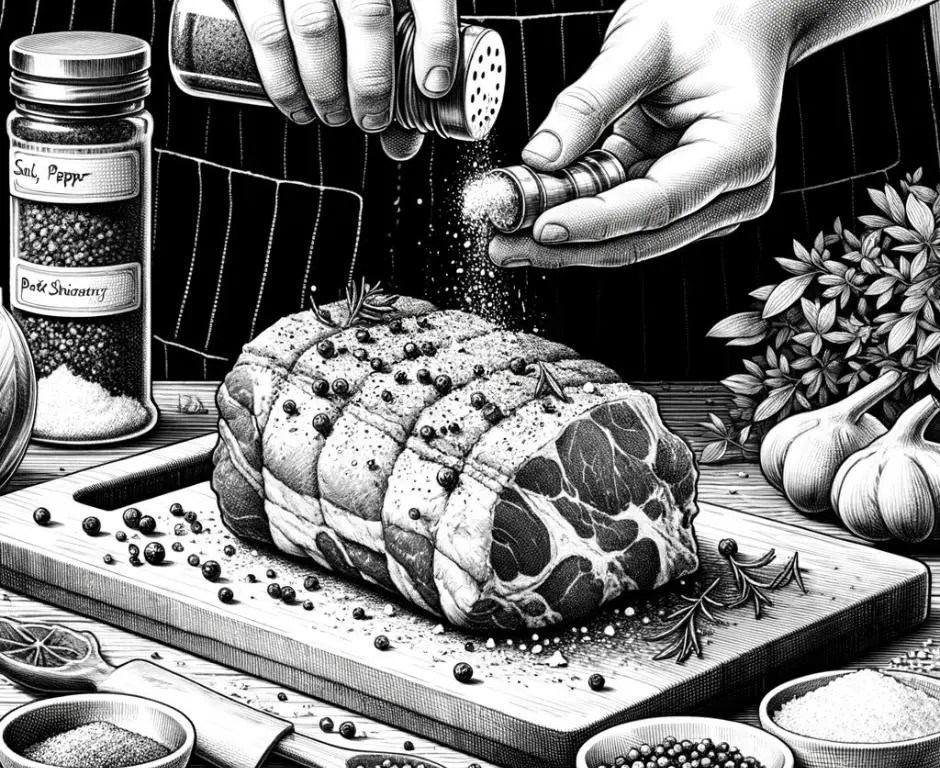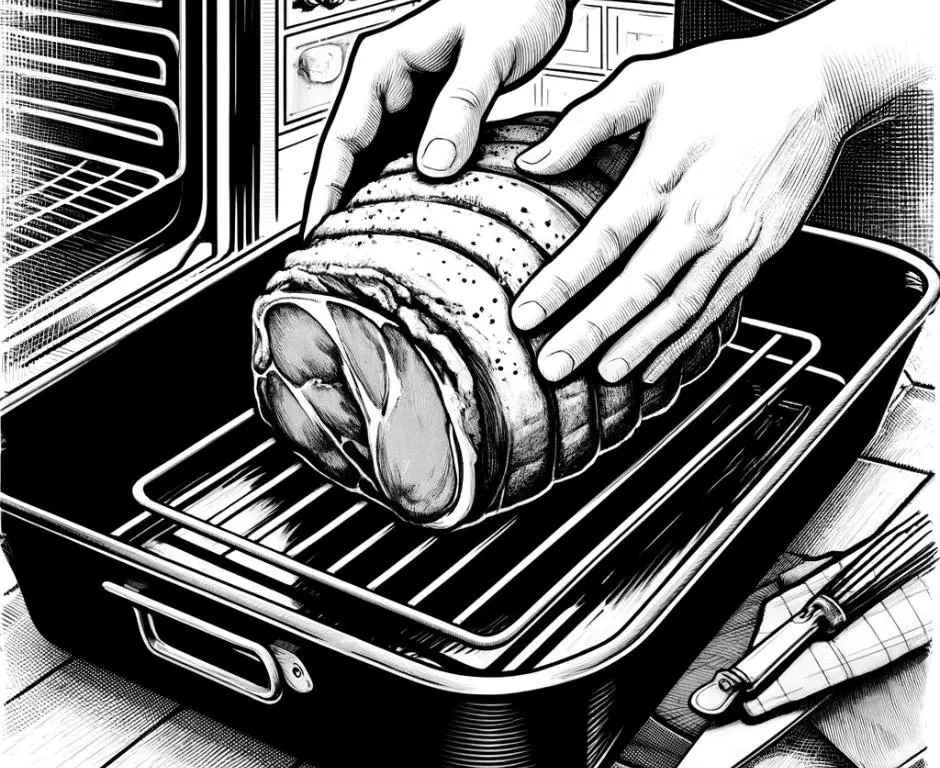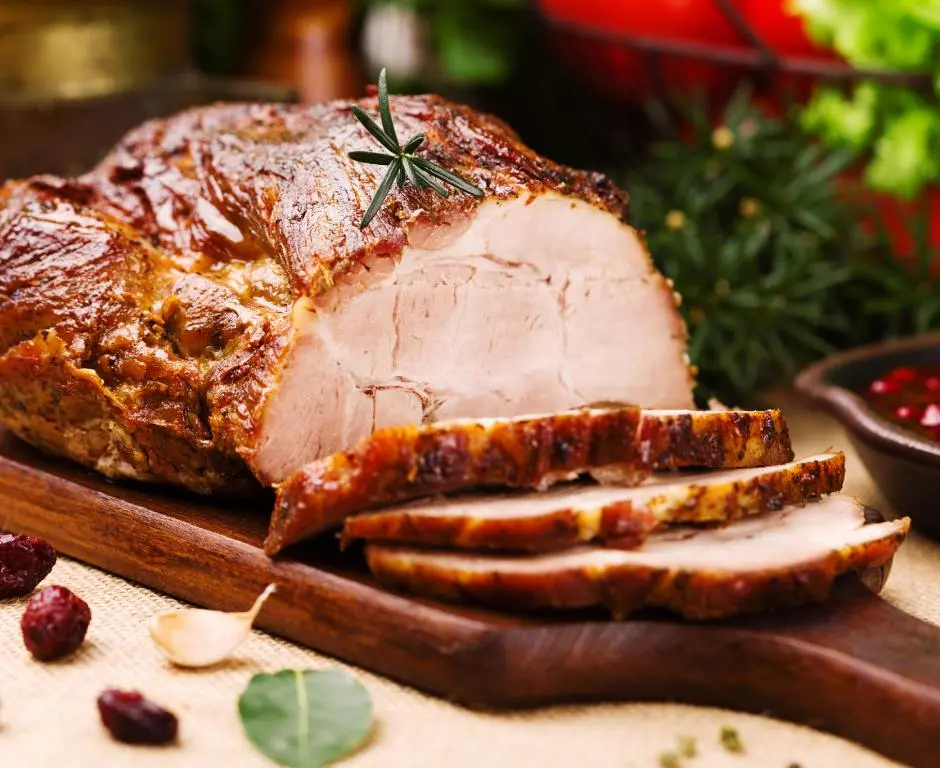Roasting is one of the most traditional methods of cooking meat, celebrated for its ability to transform cuts of meat into rich, flavorful, and tender meals with just a bit of patience and precision.
Perfect for family dinners or special occasions, roasting involves cooking meat uncovered using dry heat in an oven. This method is not only simple but also one of the best ways to prepare meat so that it retains its moisture while developing a deliciously crisp exterior.
In this guide, we’ll explore the fundamentals of roasting meat, covering everything from the best cuts to use to detailed steps to ensure you get perfect results every time.
What is Roasting?
Roasting is a cooking process that uses dry heat, whether an open flame, oven, or other heat source, to cook food evenly on all sides. For meats, this method is particularly beneficial as it enhances flavor through caramelization and Maillard reactions on the surface of the meat, which are not possible through boiling or steaming.
Best Cuts for Roasting
Choosing the right cut of meat is crucial for successful roasting. Generally, larger and more tender cuts are ideal as they cook more evenly and yield a more flavorful result:
- Beef: Prime rib, tenderloin, and top round roast.
- Pork: Loin roast, tenderloin, and shoulder.
- Lamb: Leg of lamb and rack of lamb.
- Poultry: Whole chickens, turkey, and duck.
These cuts benefit greatly from the slow cooking process, which helps break down tougher muscle fibers and connective tissue, resulting in tender and juicy meat.
Step-by-Step Guide to Roasting Meat
Equipment Needed:
- Roasting pan
- Meat thermometer
- Aluminum foil
- Carving knife
Cooking Steps:
Preparation:
Preheat your oven to the appropriate temperature. Most meats roast well between 325°F (163°C) and 375°F (190°C).
Season the meat generously with salt, pepper, and any other herbs or spices.

Room Temperature:
Let the meat sit out until it reaches room temperature. This helps the meat cook more evenly.
Roasting:
Place the meat on a rack in a roasting pan. This allows the heat to circulate around the meat completely.
Insert a meat thermometer into the thickest part of the meat, avoiding fat or bone.
Place the meat in the oven and roast until it reaches your desired level of doneness. Use the meat thermometer to accurately gauge the internal temperature.

Resting the Meat:
Once the meat is cooked, remove it from the oven.
Cover the meat loosely with aluminum foil and let it rest for at least 15-20 minutes. This allows the juices to redistribute throughout the meat, making it juicier and easier to carve.
Tips for Perfect Roasting
- Keep the Oven Door Closed: Resist the urge to open the oven door frequently as this can cause the oven temperature to fluctuate and may lead to uneven cooking.
- Use a Meat Thermometer: This is the best way to ensure that your meat is cooked perfectly to your liking without overcooking.
- Baste to Moisturize: Basting the meat periodically with its juices or a marinade will help keep it moist and add flavor.
Common Mistakes to Avoid
- Underseasoning: Since roasting can enhance flavors, make sure your meat is well-seasoned.
- Skipping Resting Time: Allowing the meat to rest after roasting is critical for retaining its juices; cutting into it too early will cause valuable juices to be lost.
Conclusion
Roasting meat is a skill that any home cook can master with a little practice. This method is favored for its simplicity and the superior flavor and texture it can bring to a variety of meats.
Whether you’re preparing a simple family dinner or a festive holiday feast, roasting can be your go-to method for cooking meat that is as delicious as it is visually appealing.
